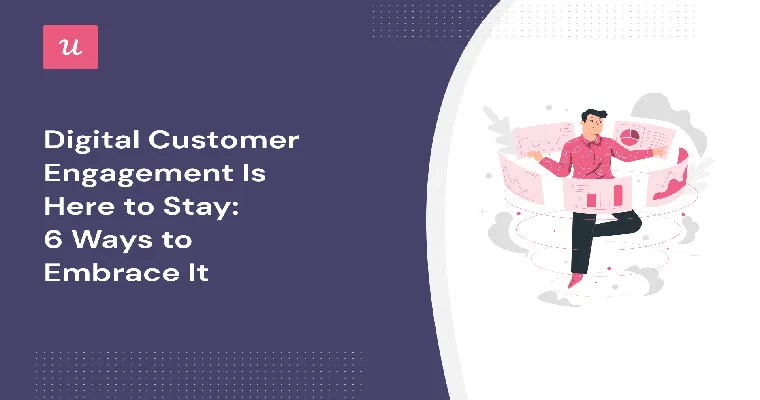In the realm of "business", understanding who the "customer" is can be a complex yet essential part of developing a successful strategy. The "customer" is not merely the person who purchases a product or service; they are the cornerstone of any business model. Identifying and defining your "target audience" is crucial for effective marketing, product development, and customer relationship management. In this article, we will explore the different dimensions of the customer and what it means to truly understand them in today’s market.
To start, it is important to recognize that customers can be segmented into various types. The most common categories include "end consumers", "business clients", and "internal customers". End consumers are individuals who buy products for personal use. Business clients, on the other hand, are organizations that purchase goods or services for operational purposes. Internal customers refer to employees within a company who rely on each other for resources and information to perform their jobs effectively.
Understanding the needs and preferences of each type of customer is vital for providing exceptional service. For example, end consumers may prioritize convenience and quality, while business clients often look for reliability and cost-effectiveness. By identifying these distinct characteristics, companies can tailor their offerings to meet the specific demands of their customers.
Furthermore, the landscape of customer expectations is continually evolving due to technological advancements and changing societal norms. The modern customer is more informed and empowered than ever before. They have access to a wealth of information and can quickly compare products, read reviews, and seek recommendations. As a result, businesses must prioritize "customer engagement" and create meaningful interactions that foster loyalty.
Another crucial aspect of understanding the customer is recognizing the role of "customer feedback". Listening to what customers have to say can provide invaluable insights into their experiences and help identify areas for improvement. Engaging with customers through surveys, social media, and direct communication channels can strengthen the relationship and enhance their overall experience.
In addition to traditional demographics, businesses should also consider psychographics when defining their customers. This involves understanding the values, interests, and lifestyles of their audience. By delving deeper into the motivations behind customer behavior, companies can create more personalized marketing strategies and product offerings that resonate with their target market.
In conclusion, the question "Who is the customer here?" goes beyond simply identifying who makes a purchase. It encompasses a comprehensive understanding of different customer types, their needs, and the evolving landscape of consumer expectations. By taking the time to analyze and engage with customers, businesses can develop strategies that not only meet but exceed customer expectations, leading to sustainable growth and success. Understanding your "customer" is not just an option; it is a necessity in today’s competitive marketplace.





